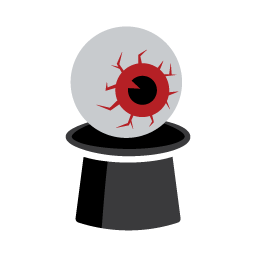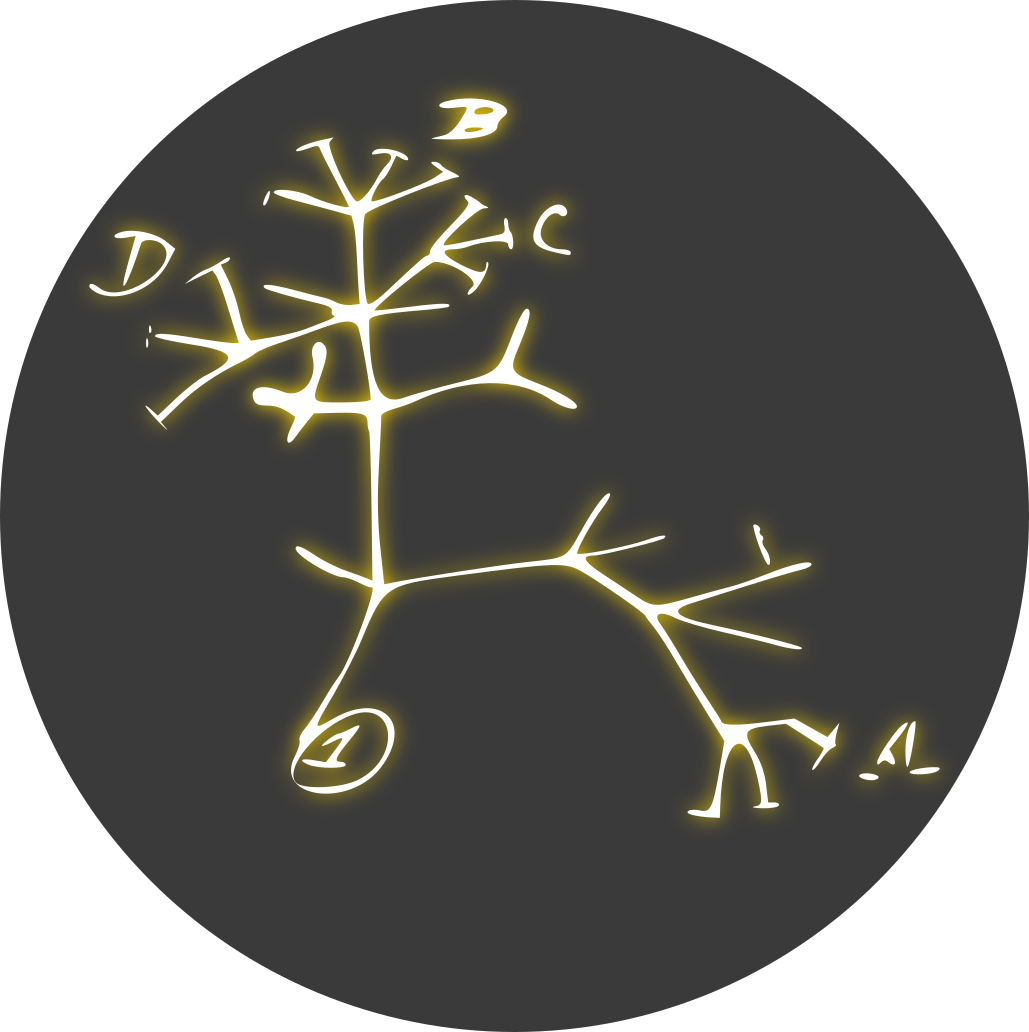Many microbes and cells are in deep sleep, waiting for the right moment to activate.
Harsh conditions like lack of food or cold weather can appear out of nowhere. In these dire straits, rather than keel over and die, many organisms have mastered the art of dormancy. They slow down their activity and metabolism. Then, w
Sitting around in a dormant state is actually the norm for the majority of life on Earth: By some estimates, 60% of all microbial cells are hibernating at any given time. Even in organisms whose entire bodies do not go dormant, like most mammals, some cellular populations within them rest and wait for the best time to activate.
“Life is mainly about being asleep.”
Because dormancy can be triggered by a variety of conditions, including starvation and drought, the scientists pursue this research with a practical goal in mind: “We can probably use this knowledge in order to engineer organisms that can tolerate warmer climates,” Melnikov said, “and therefore withstand climate change.”
Balon is notably absent from Escherichia coli and Staphylococcus aureus, the two most commonly studied bacteria and the most widely used models for cellular dormancy. By focusing on just a few lab organisms, scientists had missed a widespread hibernation tactic, Helena-Bueno said. “I tried to look into an under-studied corner of nature and happened to find something.”
“Most microbes are starving,” said Ashley Shade, a microbiologist at the University of Lyon who was not involved in the new study. “They’re existing in a state of want. They’re not doubling. They’re not living their best life.”
“This is not something that’s unique to bacteria or archaea,” Lennon said. “Every organism in the tree of life has a way of achieving this strategy. They can pause their metabolism.”
“Before the invention of hibernation, the only way to live was to keep growing without interruptions,” Melnikov said. “Putting life on pause is a luxury.”
It’s also a type of population-level insurance. Some cells pursue dormancy by detecting environmental changes and responding accordingly. However, many bacteria use a stochastic strategy. “In randomly fluctuating environments, if you don’t go into dormancy sometimes, there’s a chance that the whole population will go extinct” through random encounters with disaster, Lennon said. In even the healthiest, happiest, fastest-growing cultures of E. coli, between 5% and 10% of the cells will nevertheless be dormant. They are the designated survivors who will live should something happen to their more active, vulnerable cousins.
More fundamentally, Melnikov and Helena-Bueno hope that the discovery of Balon and its ubiquity will help people reframe what is important in life. We all frequently go dormant, and many of us quite enjoy it. “We spend one-third of our life asleep, but we don’t talk about it at all,” Melnikov said. Instead of complaining about what we’re missing when we’re asleep, maybe we can experience it as a process that connects us to all life on Earth, including microbes sleeping deep in the Arctic permafrost.


“Whoops, i fucked it up. Might as well take a look anyway. Oh…? Interesting…”
And that’s science! I love it.